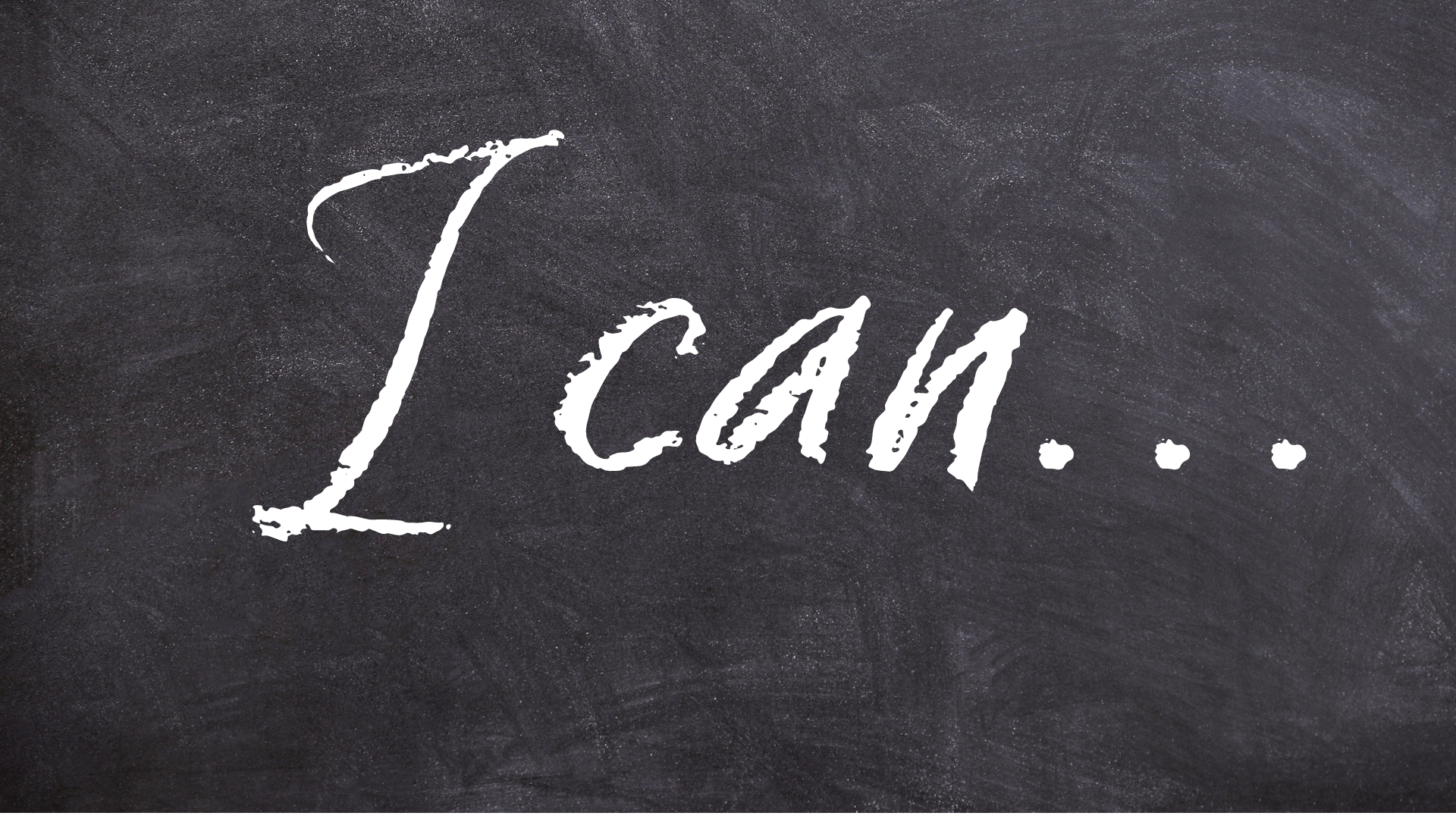What Are We Learning Today?
“An expert learner is goal directed.” - CAST
As I was visiting classrooms over the last month, I kept hearing echoes of my students’ voices so many years ago. “What are we learning today?”
Different students asked in different ways, of course:
The bottom line is that they wanted to know what they could expect and what I would expect of them.
As teachers, we have the responsibility to be crystal clear about our learning objectives. Aren’t objectives always the first component of lesson planning in methods courses?
Effective teachers go beyond being clear about the learning objectives of their lesson planning; they ensure that students know what they are expected to learn.
I Can Statements
Teachers in some of our Joyful Inclusion® Schools post “I can…” statements. It’s a joy to be in these classrooms because teachers introduce learning opportunities with the “I can…” statement.
Students routinely use these positive “I can…” statements as learning goals. Then they use formative assessments at the end to determine whether they indeed can demonstrate the lesson’s skill.
Essential Questions (EQ)
Some of our Joyful Inclusion® Schools have adopted the research-based Learning Focused Strategies approach to use essential questions. These are questions that guide the inquiry of the lesson, written in the language that masterful students would use.
An essential question:
guides instruction and targets learning.
uses key vocabulary and big concepts.
is posted visibly in a predictable place.
is reinforced by teacher(s) during the lesson.
is used at the end of lessons to summarize and to gather evidence of learning.
Students with Special Needs
When students with special needs are included in rigorous general education classes, the practice of posting the lesson’s purpose is critical. Whether their special needs originate from learning disabilities, attention issues, emotional or behavioral challenges, or learning a new language, students could easily lose their focus in class.
If teachers routinely post the EQ or “I can…” statement in the same place in their classroom, any student with a quick look can refocus themselves at any point.
Here are some exemplary practices we’ve seen recently:
Teachers refer to the EQ at transition points in a lesson to refocus students on their learning goal.
Co-teachers interject a comment about the EQ to redirect all students and reinforce the learning goal.
Teachers invite students to circle unfamiliar words in the EQ and the class brainstorms about synonyms.
Do teachers in your school post the learning target for every lesson?
How do students respond?
Does it make a difference in student mastery?


